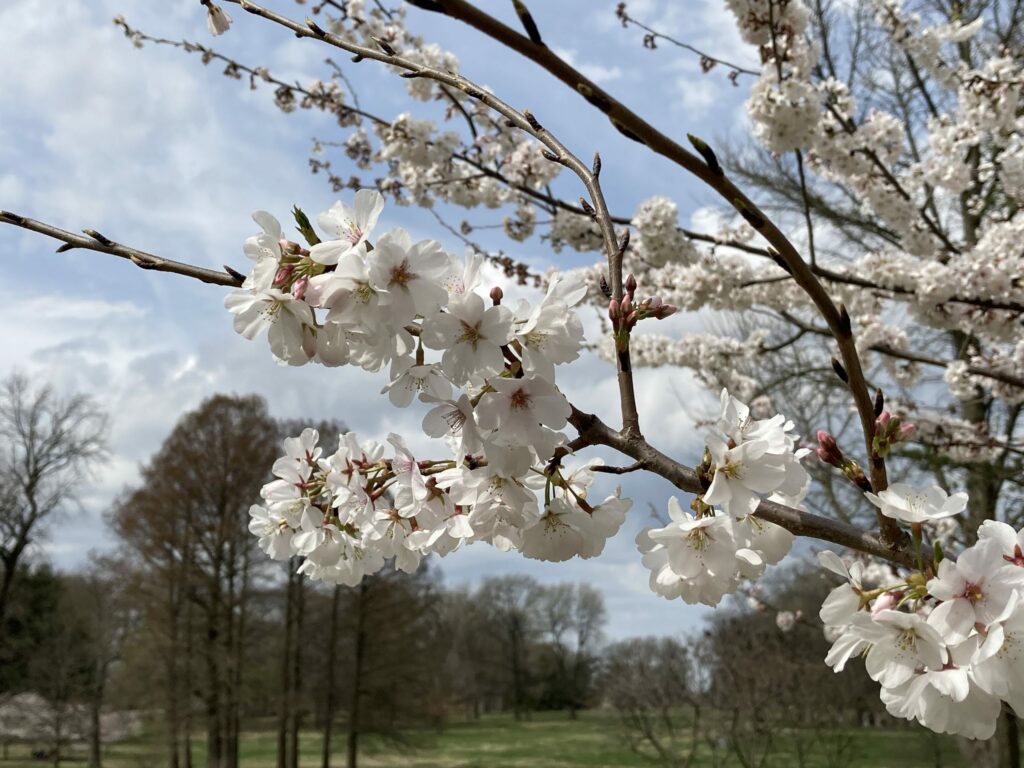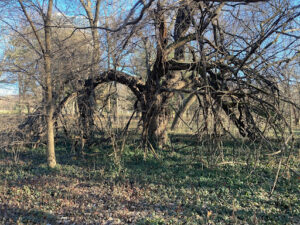For over 1000 years, the people of Japan have observed the spring tradition of hanami, “flower viewing,” which does not just refer to any old flower. The sakura, the illustrious cherry blossom of Japanese art, is the object of adoration, although the similar ume, or plum blossom is an acceptable alternative. (Apparently ume viewing is more popular among older people because sakura viewing parties get “rowdy”, which is enough to make any tree nerd wish they were born in Japan). Feasts and sake drinking carry on late into the evening, so that every moment of the transient beauty of these blossoms may be taken in. While there are many species and cultivars of flowering cherry that fall under the sakura title, certainly one of the most iconic is the Yoshino cherry (Prunus x yedoensis). This is especially true in the United States, where flowering cherries are often associated with the Cherry Blossom Festival in Washington D.C’s National Mall. where this variety dominates.
I have spent plenty of time cursing these plants for all of their problems. They are disease-prone and short-lived. They’re not native (although in over a century of over-planting they’ve shown little threat of being invasive, and the fruit and flowers are beneficial for wildlife). Many are poorly maintained afterthoughts plugged into uninspired corporate landscapes. But when they flower in spring, I’m reminded that a well maintained flowering cherry is a living work of art. To see the real deal is to see something quite special, evidence of an ancient tradition of honoring the beauty of nature by gently shaping it so that it becomes something transcendent, something both made and wild. Both the gardener and the plant become artists, and for a week or two in spring their work becomes greater than either could be on their own. That this seldom occurs to cherry trees planted in parking lot islands should come as no surprise, but we can hardly blame the tree for its own abuse.
So if you’re willing to care for it properly – to plant it in the right spot, to maintain its mulch layer, to prune away the dead wood – a flowering cherry is a worthy addition to your garden. It is not a plant for the low-maintenance gardener, but if basic cultural practices are done it does not require the constant chemical upkeep many exotic plants do. Don’t expect it to live long. Probably 40 years would be a good lifespan in our area, but again, long life is not the point. Hanami is about embracing the transient nature of the sakura. An important part of its beauty is that it is so short lived. If it weren’t, it would be too easy to take it for granted.




